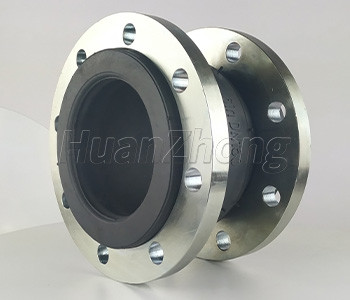Gongyi HuanZhong pipeline equipment Co., Ltd. is specialized in the production of the development of various cold resistant rubber joints, HuanZhong resistant low temperature rubber joint in the extreme low temperature region the company production of cold resistant rubber joints can still maintain great scalability and high flexibility,ensure the normal pipeline various compensation,the effect of shock absorption and noise reduction by low temperature,rubber joint is using high-quality anti low temperature silicon rubber and fluorine rubber manufacturing and, running basically did not appear any low temperature caused by the cracking and deformation phenomena in these areas to ensure the various pipeline running safely and efficiently.
Low temperature resistant silicone rubber is refers to the operating temperature in silicon rubber - 100 DEG C,mechanism of the difference in RTV silicone rubber,is in the molecular chain of methyl vinyl silicone rubber into methyl phenyl silicone link or diphenyl copohymers and.Introduction in the polysiloxane with side groups on the phenyl,due to the destruction of the regularity of the dimethyl siloxane structure,greatly reducing the crystallization temperature of polymers,silica gel temperature extended to - 100 DEG C.
Advantages and disadvantages:
1.advantages: compression permanent deformation, the use of a wide range of temperature, oxidation,weathering,shock, moisture and good electrical insulation properties,low temperature resistance,resistance to ablation and radiation resistance and other properties.
2.shortcomings: with the increase of phenyl content,the rigidity of the molecular chain of silicone rubber gradually increases,the resistance to low temperature performance of silicone rubber gradually decreases,but with the increase of the content of phenyl,the flame resistance and radiation resistance of vulcanized rubber are improved.
Low temperature -40 degrees low temperature resistant fluorine rubber, is tetrafluoroethylene (TFE) and perfluoroalkyl vinyl ether (PAVE) copolymer. The polymerization monomer PAVE in the polymer chain, according to the structure of the polymer monomer structure of different dosage is usually between 20% to 40% molar ratio.
